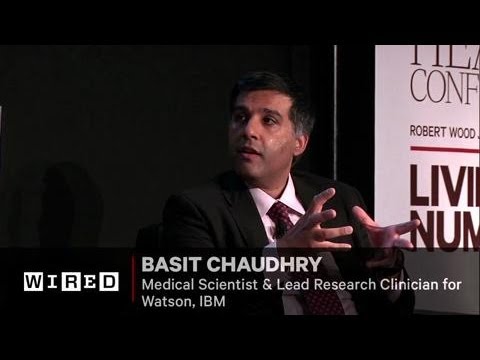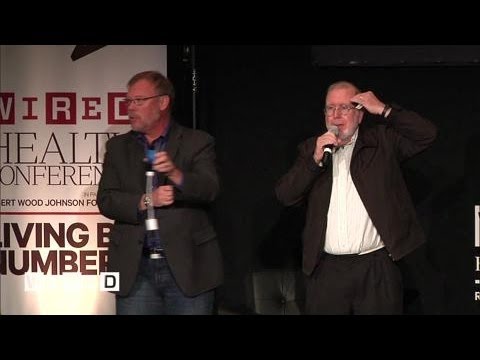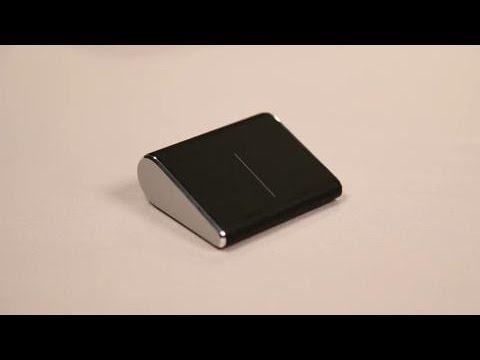Mad Max Fury Road: A VFX Breakdown
Summary
In this article, we explore the incredible visual effects work done in Mad Max Fury Road. With over 2,000 VFX shots, the film showcases some of the most creative colour grading, environment work, and safety rig removal ever attempted. The film was shot primarily in Africa with real vehicles and complex stunts and incredibly choreographed camera work. The team combined takes and elements as much as possible to create a cinematic experience that was both innovative and original.
Table of Contents
- In-camera Filming and Green Screen
- Building Complex Environments
- Innovative Colour Grading
- Overexposed Night Sequences
In-camera Filming and Green Screen
The approach of Mad Max Fury Road was to film in camera and to combine takes and elements as much as possible. This meant that some things that might have seemed like CGI to an experienced eye were really green screen. To allow for amazing stunts, a fair amount of safety rig removal was done.
Building Complex Environments
To make the scenes cinematic, a massive amount of environment work was done, along with some innovative colour grading and some pretty good arm removal. The whole film had a rich grade that was as innovative as it was original. The team built complex and beautiful environments around those live-action plates. And when the live action was not possible, full CGI environments were made, such as the Citadel.
Innovative Colour Grading
The film’s grading was done in a much richer, saturated way. A huge number of the shots had sky replacements done as part of the grade, which is unusual. The decision to shoot the film’s night sequences as overexposed shots in the day was unexpected. The team filmed the night sequences overexposed to not lose any of the shadow detail like under the rig. Then they squashed down the daylight footage but proportionally more in the highlights and then tinted all the footage blue.
Overexposed Night Sequences
Thanks to the dynamic range of the amazing Arri Alexa camera, the team was able to create overexposed night sequences that retained all the shadow detail. VFX supervisor Andrew Jackson pitched this approach to Oscar-winning DOP John Seal. The result of the sky replacement, innovative grading, and extensive environment work, along with some hardcore stunt action, has made Mad Max Fury Road a breakout hit.
Conclusion
Mad Max Fury Road is a visual effects masterpiece that showcases some of the most creative and innovative work in the industry. The team’s approach to filming in camera and combining takes and elements as much as possible, along with building complex environments and innovative colour grading, has set a new standard for VFX work. The film’s overexposed night sequences are a testament to the team’s willingness to try new approaches and push the boundaries of what is possible. Mad Max Fury Road is a must-see for anyone interested in visual effects and filmmaking.







